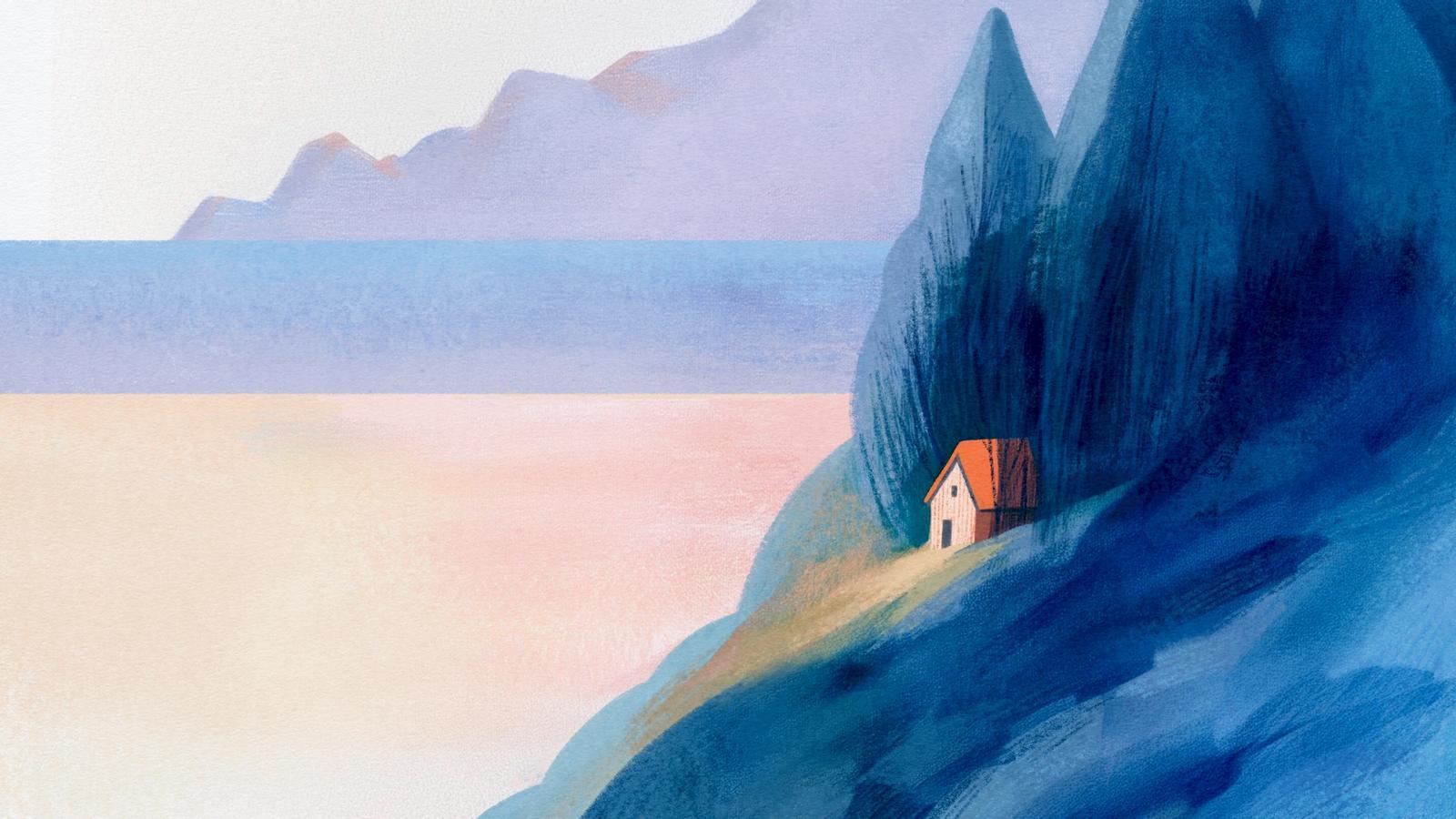From Genghis Khan to Renoir and the Medici: Why are we fascinated by cabins?
We spoke with Eva Morell, author of the book 'Refugio: A History of Cabins', which explores the importance of these physical and mental spaces.

BarcelonaIt is and has been the dream of many childhoods. Building a little treehouse, making a fortification under the dining room table with pillows and sheets, hiding in small, sheltered spaces... The creation of all kinds of cabins and shelters has accompanied us throughout childhood, and later, as adults, many of us have been drawn to those little houses. They are spaces that evoke a peaceful escape from the world around us, where we can return to ourselves, far from prying eyes.
A cabin is, in reality, a vestige of our most primitive architecture and comes from so far back, it's as if we carry it in our genes. Shelter: A History of Cabins (Debate, 2025). This journalist and creator of the newsletter of success The Cabin Club He asserts that the cabins not only stand as an alternative to the city, but also become a reminder of who we are when we hit the brakes. An existential need created by the turbulent times we live in, in which we are victims of a loss of connection with ourselves.
However, the passion for cabins dates back a long time. According to Morell, as early as Roman times, the architect Vitruvius defined them as the primordial space from which all architecture later emerged. Furthermore, the Romans were the first to make cabins their space for leisure, rest, and relaxation, similar to how we consider second homes today.
For his part, Genghis Khan himself in the 13th century already did what is known today as glamping, that is, staying in luxurious cabins: "We haven't discovered anything new. He was already traveling with tents full of carpets, lamps, and all kinds of luxuries, which he set up wherever he went," Morell notes.
Equally surprising is the story of the Medici family, who at the time were also known for having tree houses. "They had one in each palace and held parties and dinners there with friends." Like good influencers From that time on, this trend spread among the high aristocracy, and from then on, everyone wanted a little treehouse, just like them. Even the British copied them, with Queen Elizabeth I being one of the first to have her own. You can still see the world's oldest treehouse today at Pitchford Hall, dating back to 1692.
Enthusiasm for the cabins also exploded in France, following the success of the publication of the book Robinson Crusoe, published in 1719. "A man obsessed with the book built a three- or four-story treehouse on the outskirts of Paris and turned it into a restaurant," explains Morell. From there, more than a hundred beach bars and similar establishments were built nearby, and it became a favorite spot for bohemian and upper-class people who came to spend their leisure time. According to the author, many Impressionist painters like Monet and Renoir were inspired by the landscapes here, where Parisians would spend weekends dancing and picnicking in nature. "Even Dickens was there and left some writings about the place, but everything fell into decline and disappeared after the Second World War," she laments.
Creative and mystical space
Throughout history, many artists and creators have retreated to cabins to pursue their work in peace. In the book, Morell presents well-known cases, such as that of the Irish writer and playwright Bernard Shaw, who had a cabin built in the garden of his home. "He named it London and when they called him and he didn't want to be disturbed, he would say he was in the British capital, letting people understand that he had gone to the city," explains the author. It also explains the cases of philosophers such as Martin Heidegger or Ludwig Wittgenstein, who isolated themselves completely in cabins in the middle of the forest in order to work. to maintain a life apart from people and in the woods: Henry David Thoreau, author of Walden"Despite living in the woods, Thoreau would go into town every day for coffee, and his mother would come and do his laundry," Morell notes.
In the end, according to the author, a cabin isn't just four walls and a gabled roof, as many of us imagine. A cabin can also be an inner refuge that each and every one of us creates when we need it. There are television series that, when we watch them, evoke that feeling of protection and warmth, or books that comfort us as we savor their pages. The point is to feel at home, wherever we are.
